Moon Sports > Football > The secret of Pampas’ long-lasting prosperity: cultural heritage helps program building, stars feed back talent training
The secret of Pampas’ long-lasting prosperity: cultural heritage helps program building, stars feed back talent training
Morocco successfully defeated Argentina in the final of the World Youth Championship and won the U20 championship trophy. Argentina, the "invincible team" that had won all 7 games, suffered a defeat. It is true that Argentina did not play well in this game and had many problems with their coach's arrangements; however, their success in talent development in recent years will not be declared a failure because of this failure. It should be said that few wealthy teams can compare with them in terms of quantity, quality, and competition results.
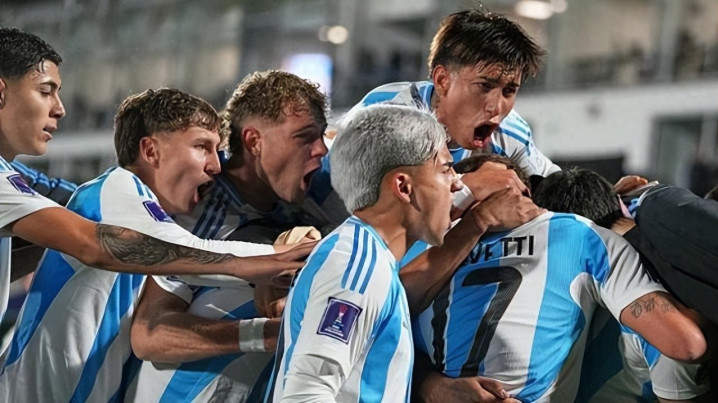
So, what is so novel about Argentina’s talent training model, and what features and advantages are worth learning from other countries?
The question of "after Messi retires" does not exist for the time being.
In fact, before and after the 2018 World Cup, some people discussed the future of the Pampas Eagles. "If Messi retires, who will he rely on?" has become the number one question in Argentine football. Because he is so important to this national team; at that time, their mission had not yet been completed.

Fortunately, 2022 has become the year of Messi. The battle to win the World Cup in Qatar will go down in history. The dream that the Argentine has dreamed of for so long since Maradona has finally come true. This is a year that will not be forgotten.
What’s interesting is that although Messi and the Argentinians have realized their dreams, the “problems” are still there. For them, this irreplaceable legend has really reached the age of retirement. The problems that have arisen for generations of talented people should be put on the agenda. Although this is completely opposite to the mentality a few years ago, the thinking is similar.
However, almost four years later, people look back and see that there seems to be a "new version" of the situation. Messi has not aged and is still very active in the Americas. His successors are also springing up like mushrooms after a rain, making the question of "Who will Messi rely on after retirement" become a false proposition. As long as Messi is healthy in 2026, he will definitely appear in the United States, Canada and Mexico with his armband and his younger brothers; the emergence of so many newcomers has already given Scaloni confidence that they will smoothly grow rapidly under the leadership of the new ball king.
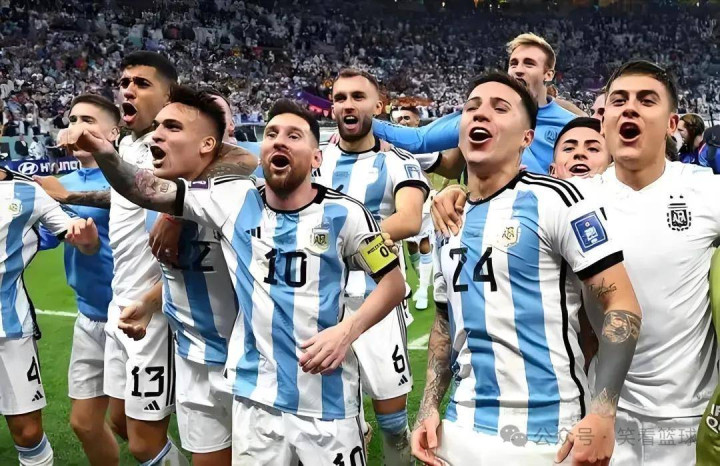
In addition to U20, U17, U22, U23 and other pairs have also performed well in the Youth World Cup, World Championships, Olympic Games and other competitions in recent years. Among them, the 6-0 sweep of Brazil and other battles can be called new classics. The appearance of these people is also the fundamental reason why "the problem no longer exists".
Newcomers are growing up, and "old people" have matured.
Contrary to the low success rate of those who are hailed as "Messi's successors" everywhere, after Argentina's own "Messi's successor" emerges, the probability of success is not low. Mastantuono, who moved to Real Madrid this season, has made a killing in youth competitions. As River Plate's youngest goal scorer and the creator of many records, he has already started his own story at the Bernabeu.
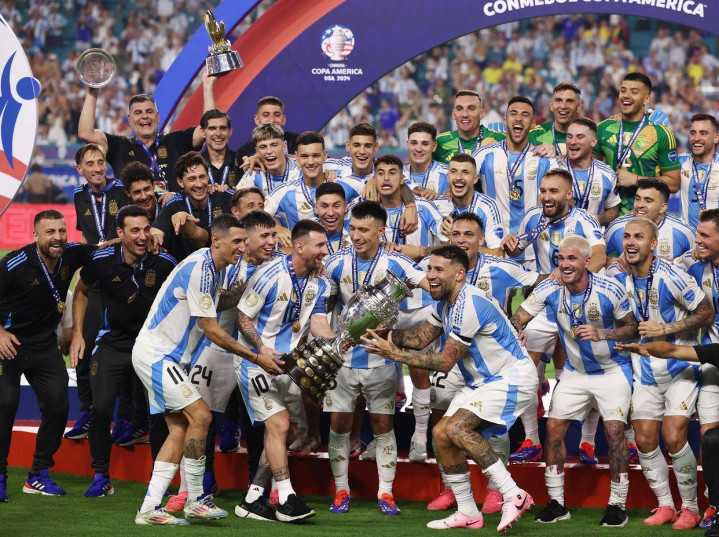
Echeverri, who was finalized by Guardiola last season, is in a similar situation. In the last U17 World Cup, he scored 5 goals in 7 games, plus a hat trick against Brazil, which made the Argentinian very impressed. This start was so "fierce". Being recruited by Manchester City is enough to know that he is recognized by the outside world.
Nico Paz, who shined after being trained and guided by new coach Cesc Fabregas, is also one of them. His unique playing style and personal abilities really give people hope. Although Real Madrid "gives up", they did not give up on him at the Bernabeu. There is room for repurchase in the contract. They will probably invite him "back to the palace" next.
The same is true for Sule, a new conductor in Rome. He has scored 3 goals and 2 assists this season, which is very outstanding. The Azzurri have repeatedly arranged for someone to naturalize him, but Sule declined because he only wanted to come and serve under Pampas.
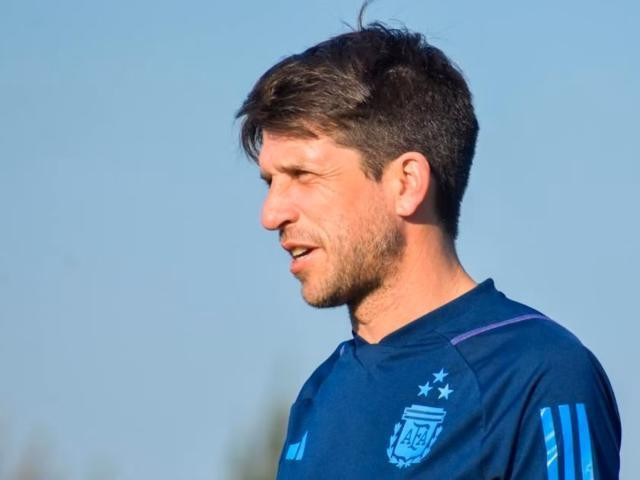
Except for these newcomers, the "old people" can basically take the lead alone. Alvarez, the little spider next to Messi, grew up and succeeded under Guardiola and became an extremely rare "Grand Slam" in human football. After moving to Madrid, he became the top goalscorer in football and the number one general under Simeone. Needless to say his value.
Lautaro Martinez, the captain of Inter Milan, is called by many people to be Argentina's main goal-scoring weapon after Messi. Although Lautaro sometimes makes people laughable in the national team, Serie A's Golden Boot + the fourth shooter of the national team are still proof of his strength. Lautaro personally said that the World Cup stage competition is the "hate" in his heart. Messi's previous victory moved him, but his performance needs to be improved, and he wants to "revenge". Don't forget, he is also LM10!
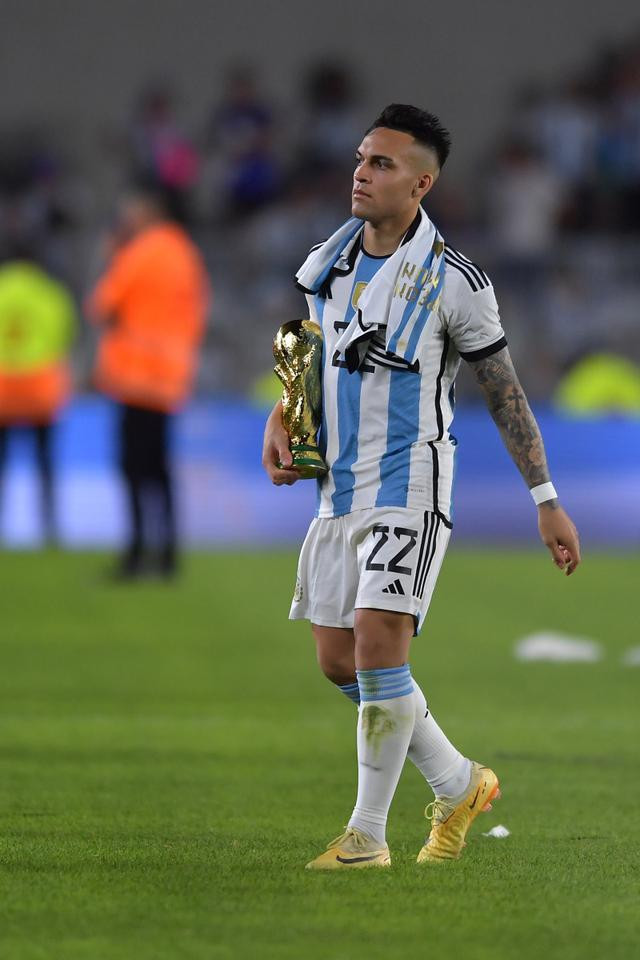
McAllister, who worked hard under Slott, is already the top midfielder in England and a major contributor to the club's championship. Romero, who plays for Tottenham, has already taken on the captain's armband and is the leader of the club after Son Heung-min left the team. Martinez, who plays for Villa, is a contender for the No. 1 goalkeeper in the entire continent. His strength and contribution in the game are too high, and he also has many opportunities to join a wealthy club.
Calculated in this way, with newcomers as their hope for tomorrow and stars who have laid a good foundation, Argentina does not have to worry.
Reason for success: It can be called a perfect "system"
The perfect youth training system is the foundation for the talent explosion in Argentine football. Although the domestic giants River Plate and Boca Juniors have average results in South American competitions in recent years (such as major competitions, etc.), they have not neglected the shaping and training of newcomers at all. The mature youth training academy and standardized youth training system have allowed them to gain a lot.
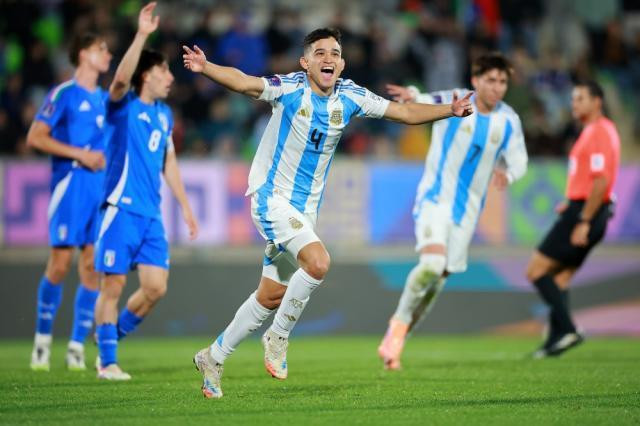
Of course, this harvest includes not only cultivating new stars to improve their performance and strive for trophies; it also includes the "training fees" earned in the market. For example, Mastantuono went to Real Madrid, Evicelli joined Manchester City, and before that, Little Spider went to the Etihad and Lautaro moved to Inter Milan, which has brought huge income to each club. This is what they want very much and is also a starting point for the bosses to engage in football career..
If "football culture" is the "input" for the youth training of South American giants, then it is obvious that entering Europe is the "output" of this project. Once the pipes are clear, water will take care of itself.
However, simply copying this model is not enough, just like we cannot take the code written by others and copy it to our computer to run it. The problem is that the "environment configuration" is also an indispensable factor. As mentioned above, the Argentine giants are almost like an arms race, frantically digging for new players, which is already a very profitable business. Therefore, from an income perspective, there will be no shortage of professional efforts.
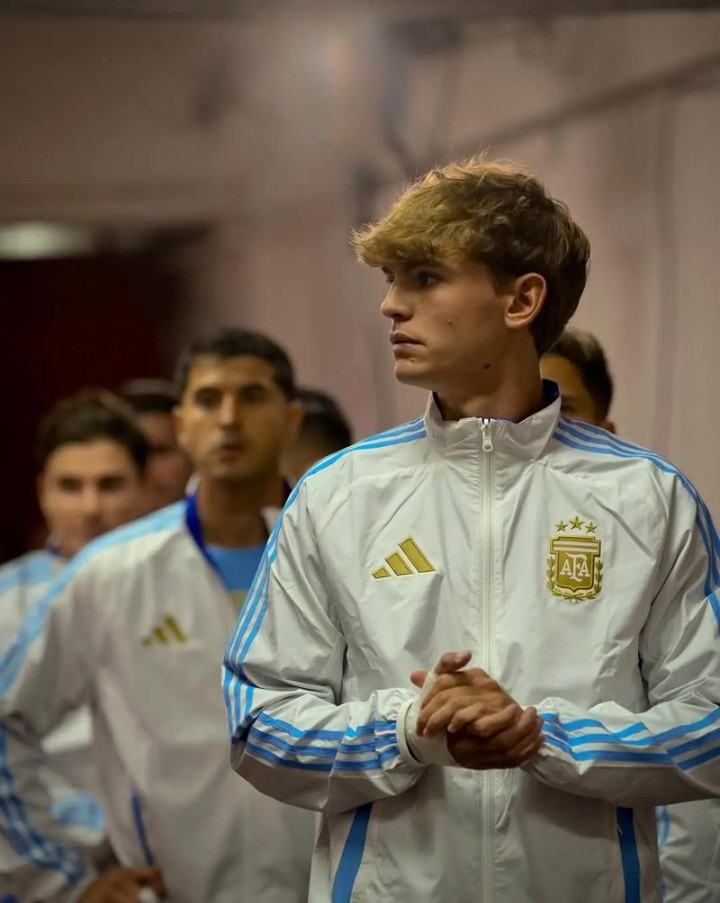
Take Inter Milan as an example. Because their legend Zanetti is Argentinian, the club has also established a deep friendship with this country and has many business dealings. Including Inter Milan's famous players such as Milito and Samuel, they are the Nerazzurri's scouts in Argentina. After discovering new players, they will match Inter Milan's needs and formulate a unique training plan for the children. Therefore, you will see that players like Lautaro adapt quickly after coming to Europe. Why? Just because when they were in youth training, they were already focusing on cultivating new people's modern football literacy, and no longer limited themselves to the "characteristics" of Argentina and South American factions. In contrast, other countries do continue to continue the "old routine", such as over-emphasis on their technology, footwork, etc.
In addition to Inter Milan, including Manchester City's satellite echelon formation, Real Madrid's training base in Argentina, Barcelona's South American channel formation, etc., each giant has its own approach. In this way, South American teams also have opportunities to target. Now, the "environment variables" are given and they are configured.
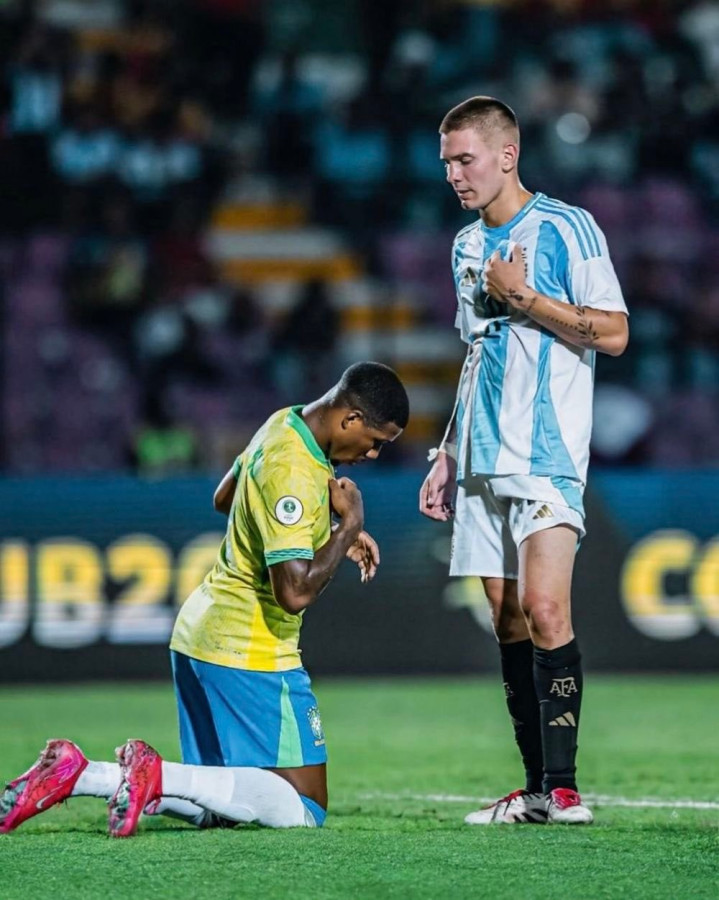
Input, output, and environment variables are all completed, and the rest is the design of the program itself. In this regard, Argentina has a good inheritance. Since the new century, they have had too many stars who have shined in the five major leagues. This has also served as an excellent role model for the new people in the future. From Maradona shining in Naples to Messi winning the title at Camp Nou, too many Argentines have achieved success in Europe, and many have suffered failures.
This allows their youth training system to combine "short-term balance" with "long-term benefits", which can not only cultivate new kings, but also create shining stars, and steadily polish the captains of wealthy teams. This is a "goal" set for the youth training plan; of course, many failure cases also give opportunities to look back, think, reform, adjust, and then improve efficiency. It is difficult for other teams to have such a large sample size.
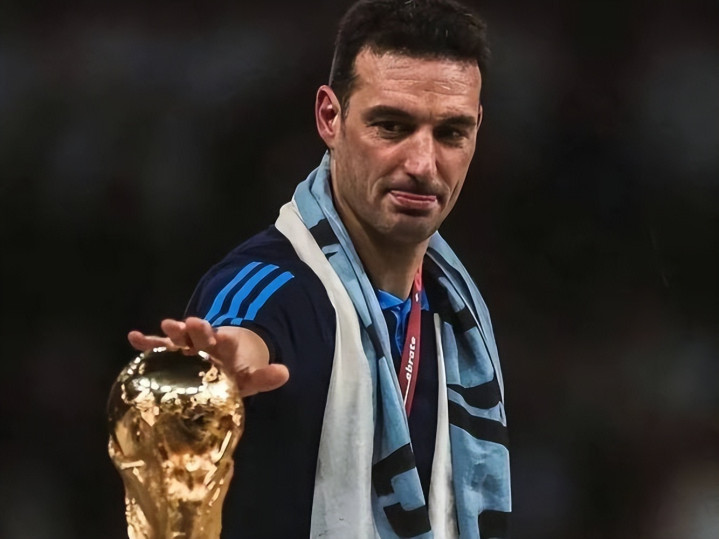
Since then, the program has been set up and it is also a "self-learning" model. This "system" of Argentina's youth training is definitely advanced enough.
Conclusion
The Pampas Eagles, which have sufficient foundation and football culture, have many children who love playing football. On this basis, after the scouts discover gems, they will be given the opportunity to be trained in a reliable system, and under the "systematic talent echelon training model" program, they will be helped to improve and officially embark on the road to football. On this basis, relying on the close ties with the European giants, it also creates opportunities for newcomers with unique characteristics and talents to jump up the level and join the wealthy clubs. After they mature, they will support the national team, bring good results to Argentina and set new role models for the children. If this cycle continues, it will be strange if it fails!
Related Posts
Saha: Rashford has a problem at Manchester United and has not found a solution. He lacks a sense of responsibility.
FootballHupu News on October 29th: In an interview recently, Saha talked about his views on Rashford’s performance during his time at Manchester United. Saha said: "As a professional player, no matter whether the coach values you or not, you need to ta...
【Football】
moreGuardiola: Malmouche can also serve as the 9th position, and he will be more effective together with Haaland
FootballOctober 29th, at 3:45 a.m. tomorrow, Manchester City will face Swansea away from home in this round of the League Cup. Before the game, Manchester City coach Guardiola attended the press conference. Q: Malmouche is Harland's substitute. Is it be...
【Football】
moreCorriere dello Sport: Both Dybala and Roma intend to renew their contracts, but it is expected that the players will have to take a salary cut
FootballOctober 29, according to "Corriere dello Sport" reports, both Dybala and Roma intend to renew their contracts, but it is expected that the players will have to take a salary cut. Dybala's contract issue remains unresolved, and Roma wil...
【Football】
more
Hot Posts
- Marca: The relationship between Barcelona and the Spanish Football Federation has eased, leaving only De La Fuente to talk to Flick
- TA: Barcelona team doctor originally recommended Gave to treat conservatively, but found that the meniscus was broken
- Official: Essugo underwent thigh surgery, Bonanot was selected for Chelsea Champions League
- Top 10 in sports revenue list in 2024: Football accounts for half of the market, Ronaldo ranked first, Messi ranked third, Neymar ranked seventh
- Costakuta: Only Napoli can reach the Champions League semi-finals in Serie A, Milan needs to improve defense if she wants to compete for the championship
- Zimikas: There is no need to hesitate to be summoned by a giant like Roma. He lost 0-3 at home and was deeply impressed
- Photo: Premier League teams such as Villa Brentford are interested in Byer, Dortmund s senior executives are already aware of their interests
- Bayern director taunts Stuttgart: We won t always make too many remarks about rumors
- Both of the strong players are signing, but Mourinho is refuting the rumors! The Champions League is coming soon, may the new season be over?
- Oblack: Can t understand the red card penalty, Paris or the best team in the world
Recent Posts
-
Paris World Championships: National Badminton won 6 wins and 4 losses, 2 half-zone falls, 4 singles, mixed doubles locked finals
-
Desky: Little Bellin s total transfer fee is 35.5 million euros & annual salary is 3.5 million Sunderland 10% second transfer
-
Gasperini: I chose Rome because I needed a challenge, a passionate environment
-
Allegri: Leo is troublesome with injury and will not be able to play tomorrow. Milan s summer window is very good
-
French media: Manchester United, Arsenal, Tottenham Hotspur, Naples, Inter Milan and Juventus all want to sign David without permission
-
Marotta talks about Inzaghi: We will always be grateful to him, but Inter Milan s history will always move forward
-
Nalo: Locking opponents is as important as scoring goals. Watching Van Dijk s game is very helpful to you
-
World Sports: Barcelona advocates depriving Captain Terstegen of the armband and allowing Frick to appoint a new captain
-
Wang Yudong talks about three consecutive victories: Victory belongs to the team, and we will not give up when we are behind
-
Good days are coming! Guoan + Workers Sports + Business + Fans Four In One is no longer a dream